8 Tips for Wet Weather Road Cycling!
Riding in the wet can seem like a drag, but if you manage to look at it another way, it can be pretty awesome to experience the most powerful conditions that nature has to offer. It’s also an essential skill to master if you are serious about your cycling.
But in order to ‘enjoy’ rainy weather to the full it’s a good idea to be prepared. On with the tips for riding in the rain!
-
Clothing
1. Jackets and Trousers
Water is great at removing heat from a body and that is why you want to try and stay dry in the rain. Especially if you are riding for a prolonged period or the air temperature is low.
A 100% waterproof cycling jacket is great for even the heaviest of rain but look for one that is breathable too.
Visibility may or may not be important to you depending on when and where you ride but in autumn when it is dark, it can be essential. There are fantastic materials nowadays that maximise visibility in multiple conditions. Hi-viz yellow combined with super reflective parts is desirable.
If you can find rain clothing that uses Biomotion research in its design (like we do) then even better. ;)
2. Helmet cover
A helmet cover that you can stretch over your helmet has several advantages.
First and foremost, it will stop rain from running through your helmet, down your neck and into your rain jacket. A plus in anyone’s book.
Second, if you choose one that is hi-viz as well as waterproof, you get an extra layer of visibility while riding.
FYI - we have a helmet cover coming soon! Check out our wet weather accessories here.
3. Shoe covers/Overshoes
Wet feet are cold feet = unhappy rider. Case closed.
If you can find hi-viz shoe covers designed with Biomotion research then even better!
-
Tyres
Make sure you have some good all season tyres with some decent tread patterns. This allows the surface water to channel away from the underside of the tyre, maximising the contact and therefore your grip with the road.
You can also use slightly wider tyres, perhaps 25 or even 28 mm. This has the advantage of giving not only more grip, but also more shock absorption for autumn and winter roads where there may be debris or potholes hidden by puddles of water.
-
Concentration
Because of the increased risk when it’s wet and especially when it’s wet and dark, you need to be on your guard and concentrate that little bit more.
Remember, braking distance is increased so leave a larger gap between you and the rider in front.
Be looking further ahead than you usually do for potential hazards like leaves or if you’re in the UK, badgers. :)
-
Braking
Efficient brakes and wet roads are a recipe for wheels locking up. As kids we remember how cool it was doing skids in front of our friends but it’s not a great idea when travelling at 50kph on a heavily used road.
It’s best to favour the back brake in the wet as it’s somewhat easier to control a slide if it’s only the back wheel that’s locked up. If you lose the front wheel, you’re falling off period.
Try and avoid braking hard when you’re leaning over in the wet as there is less road contact and therefore sliding is easier than when riding upright. And again, if you have to brake, use the rear brake.
-
Cornering
Corner slower in the wet. Less contact between tyre and road means less grip and higher risk of getting intimate with the asphalt. (Falling off!)
Corner in a smooth controlled fashion with no sharp changes of direction. Try not to brake mid turn and if you have to, use the rear brake, gently.
Leaning your body more than your bike when cornering can also help you keep speed high while keeping the bike more upright and thereby minimising the risk of a slide.
-
Road debris
Roads can be covered with all manner of junk when the weather is wet.
1. Leaves
Common in autumn, leaves can be super slippery when wet. Try and brake in advance if you see them. If you get surprised and don’t see them before you’re on them, don’t brake, just ride smoothly over them. Be prepared to lose the front if you are leaning over, knowing you might crash, somehow makes it easier. :)
2. Manhole covers
These metal monsters can be very slippery and are often lower than road level. Avoid if possible!
3. Diesel and petrol
Lorries often spill fuel on roundabouts, especially if they have just filled up. Rain spreads this over a larger area. Usually you can see the tell-tale rainbow sheen which will warn you. Avoid if possible, otherwise, follow the advice for leaves above.
4. Road lines and markings
In many countries these are slippery when wet. In some countries, the paint contains sand which increases grip. Best to avoid if possible!
-
Mudguards
There is nothing worse than riding behind someone and being constantly sprayed with road dirt and grime from their back wheel. Mudguards, although quite ugly will make you riding buddy friendship last that little bit longer. ;)
Having a dry bum at the coffee stop is also Wirth its weight in gold!
-
After-ride maintenance
1. Chain
Cleaning your chain after prolonged road riding in the wet can also be a good idea as sand and grit are nature’s way of making you buy new chains and sprockets on a regular basis if you don’t get rid of it!
2. Tyres
Check your tyres for thorns, metal shavings and other sharp road debris that gets spread around in the wet. You never know, it might save you a puncture.
Well that's it for now road warriors. Have fun in the rain!
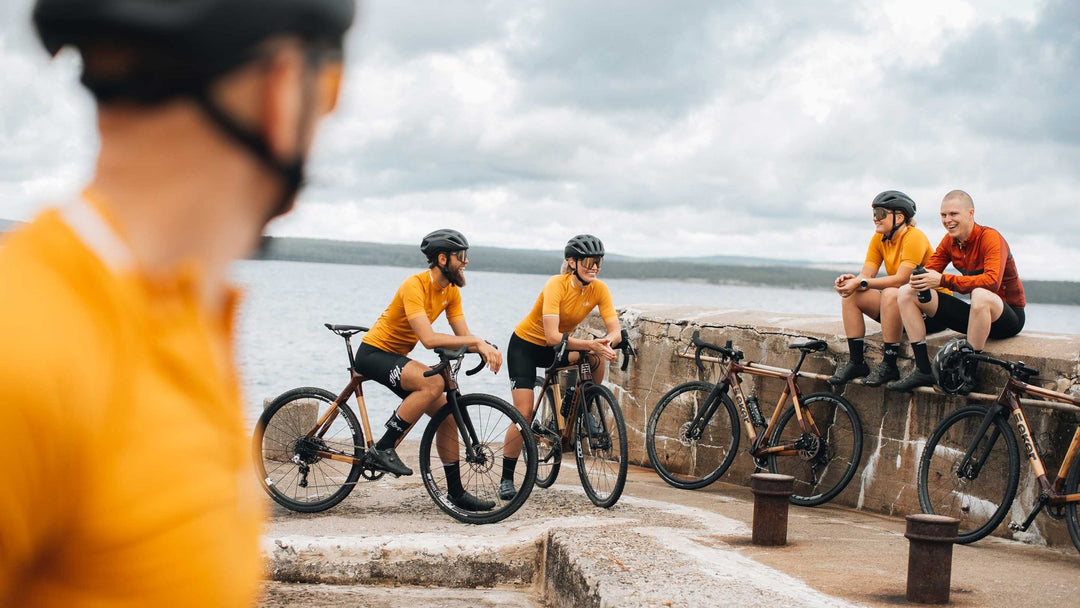


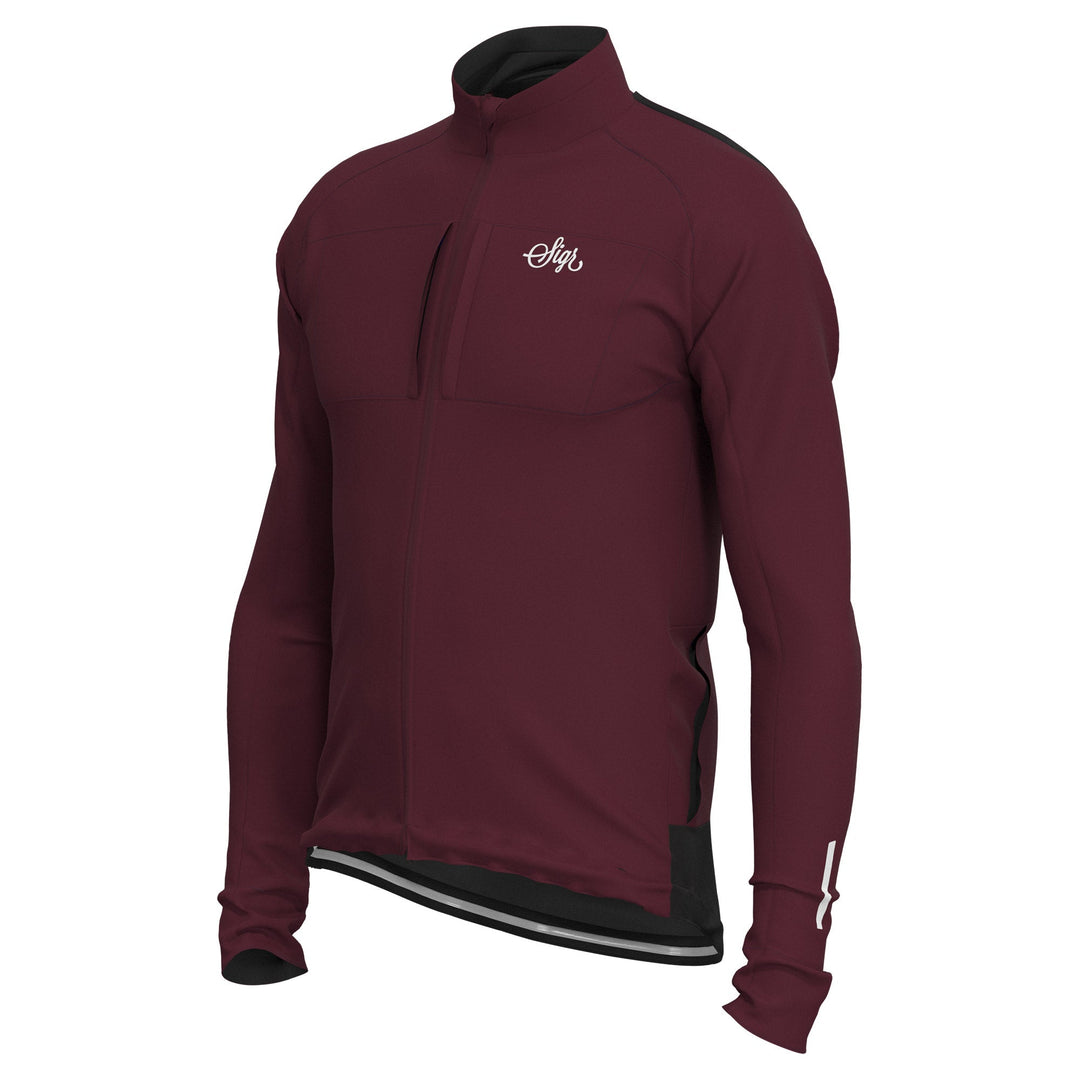
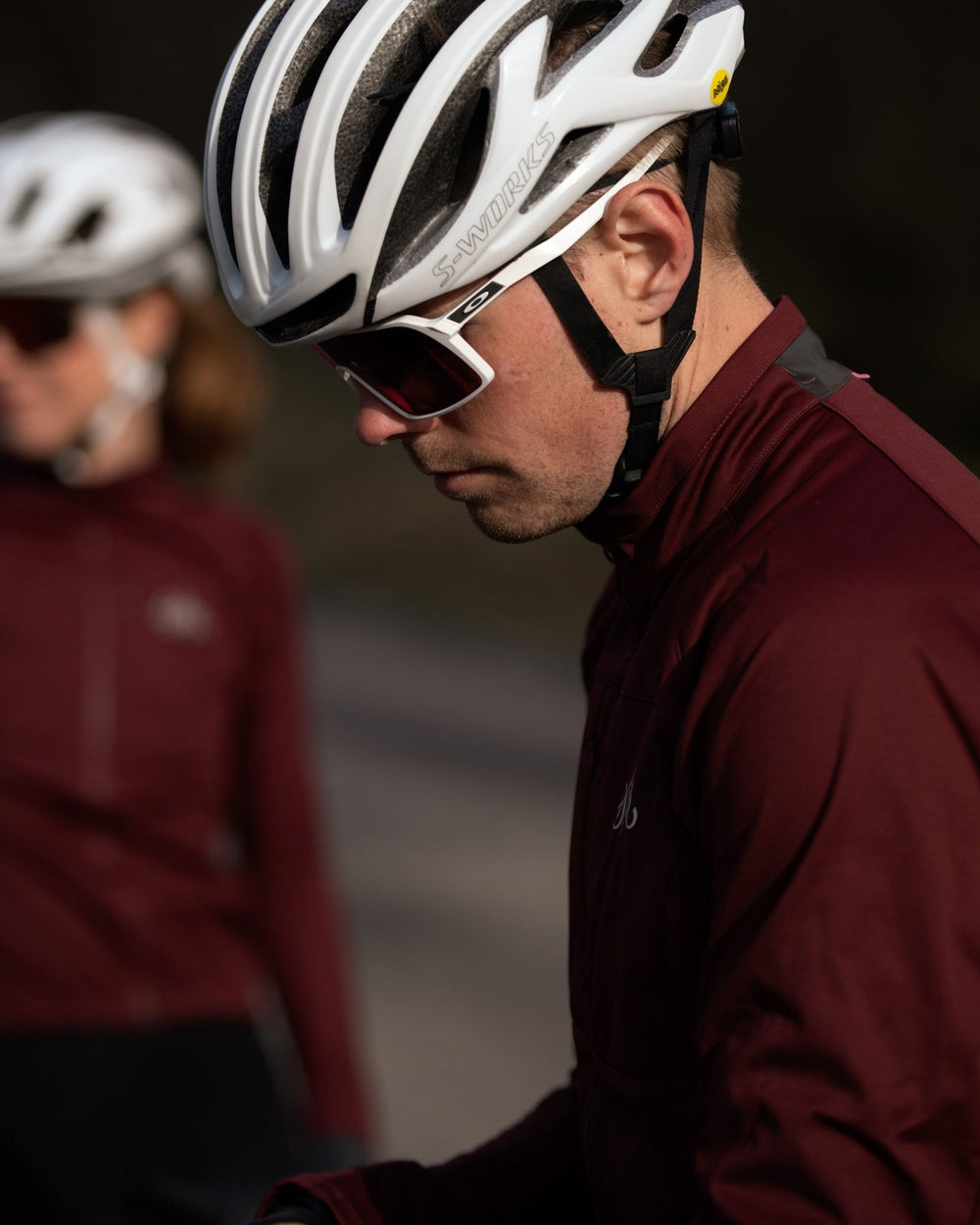
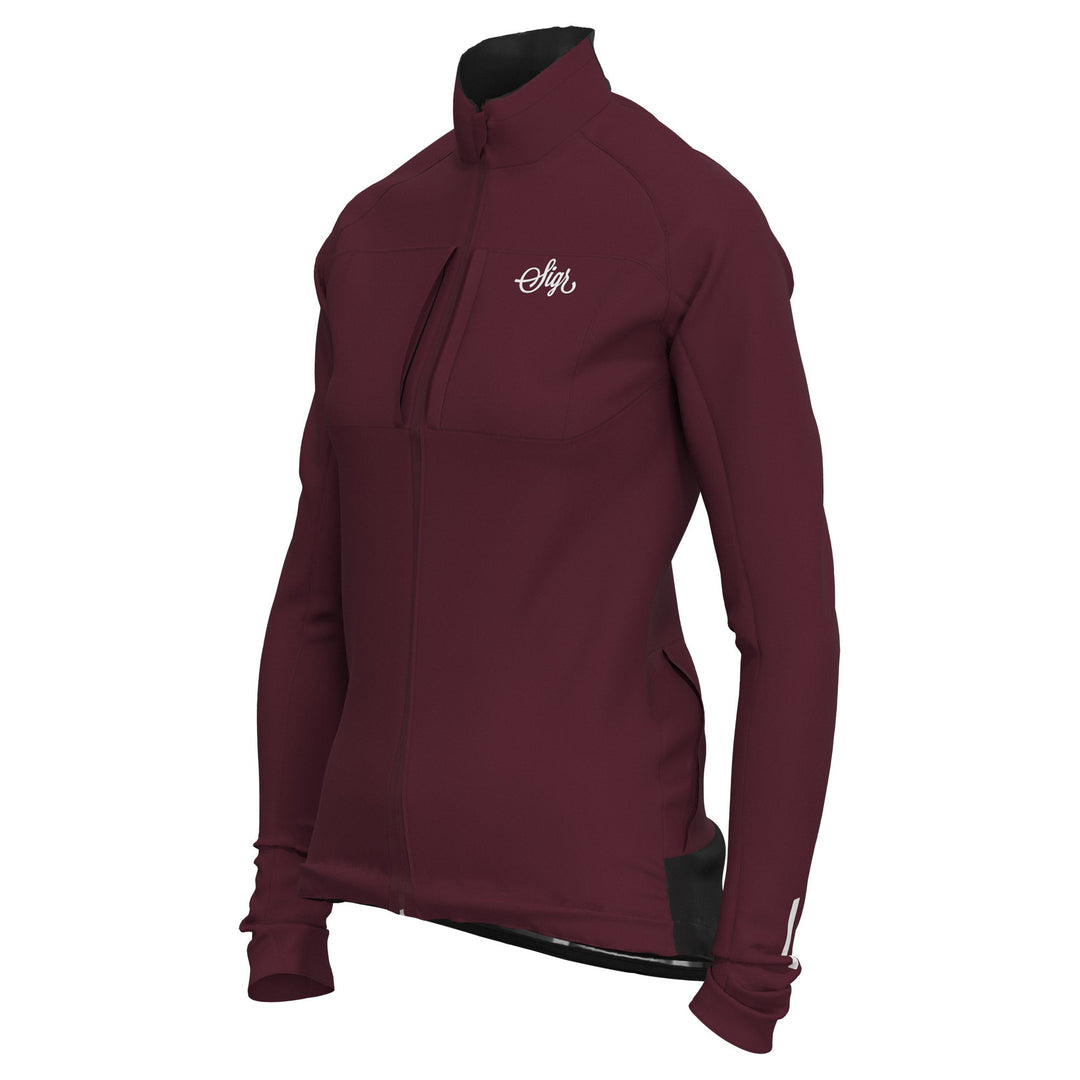
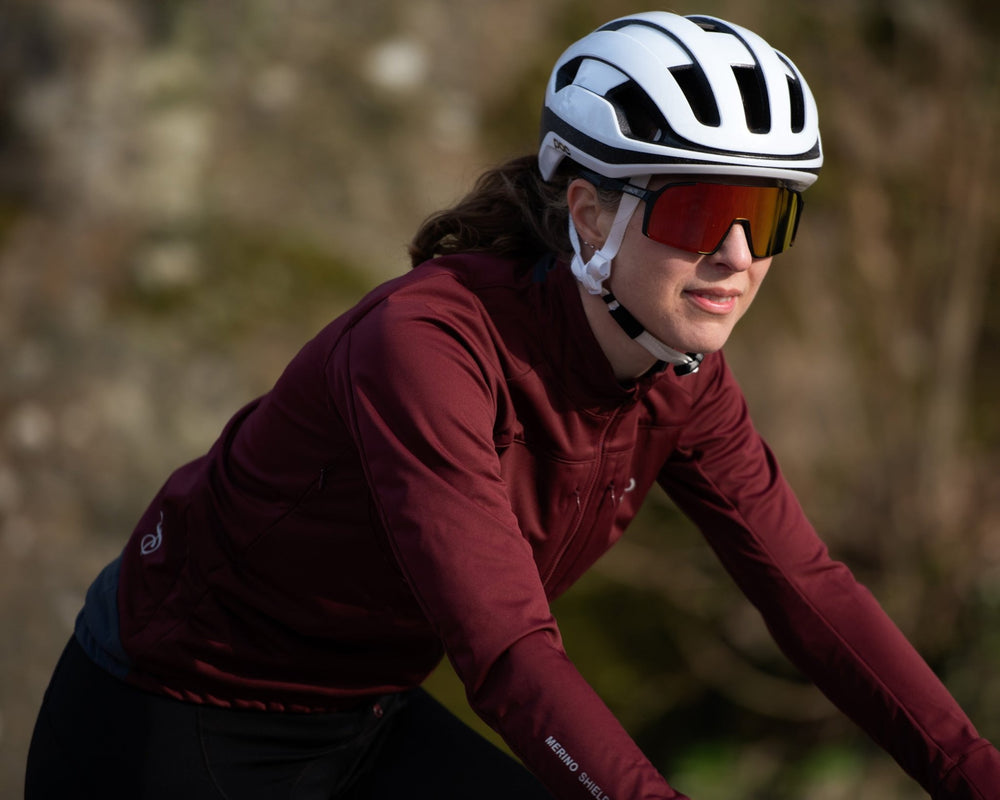
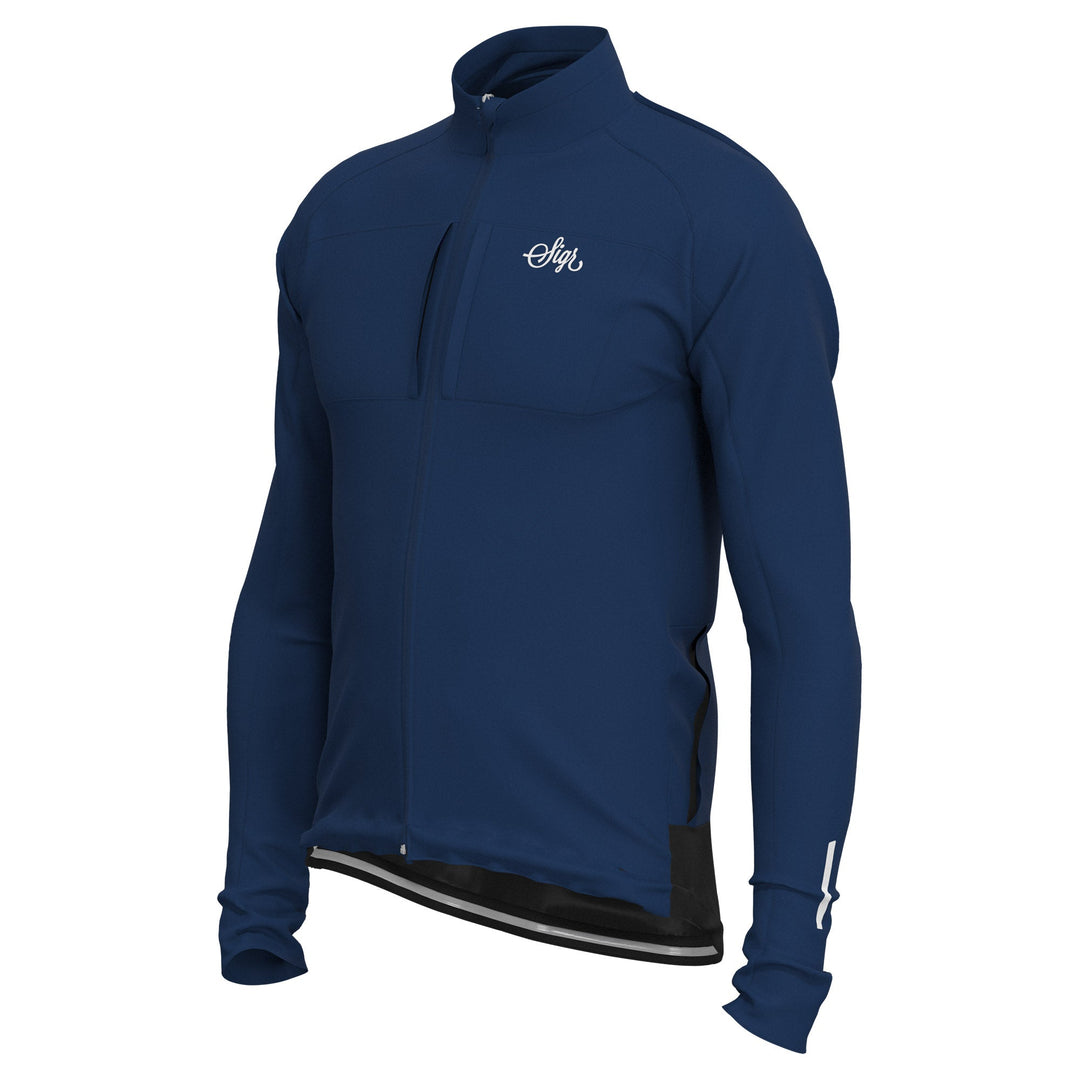
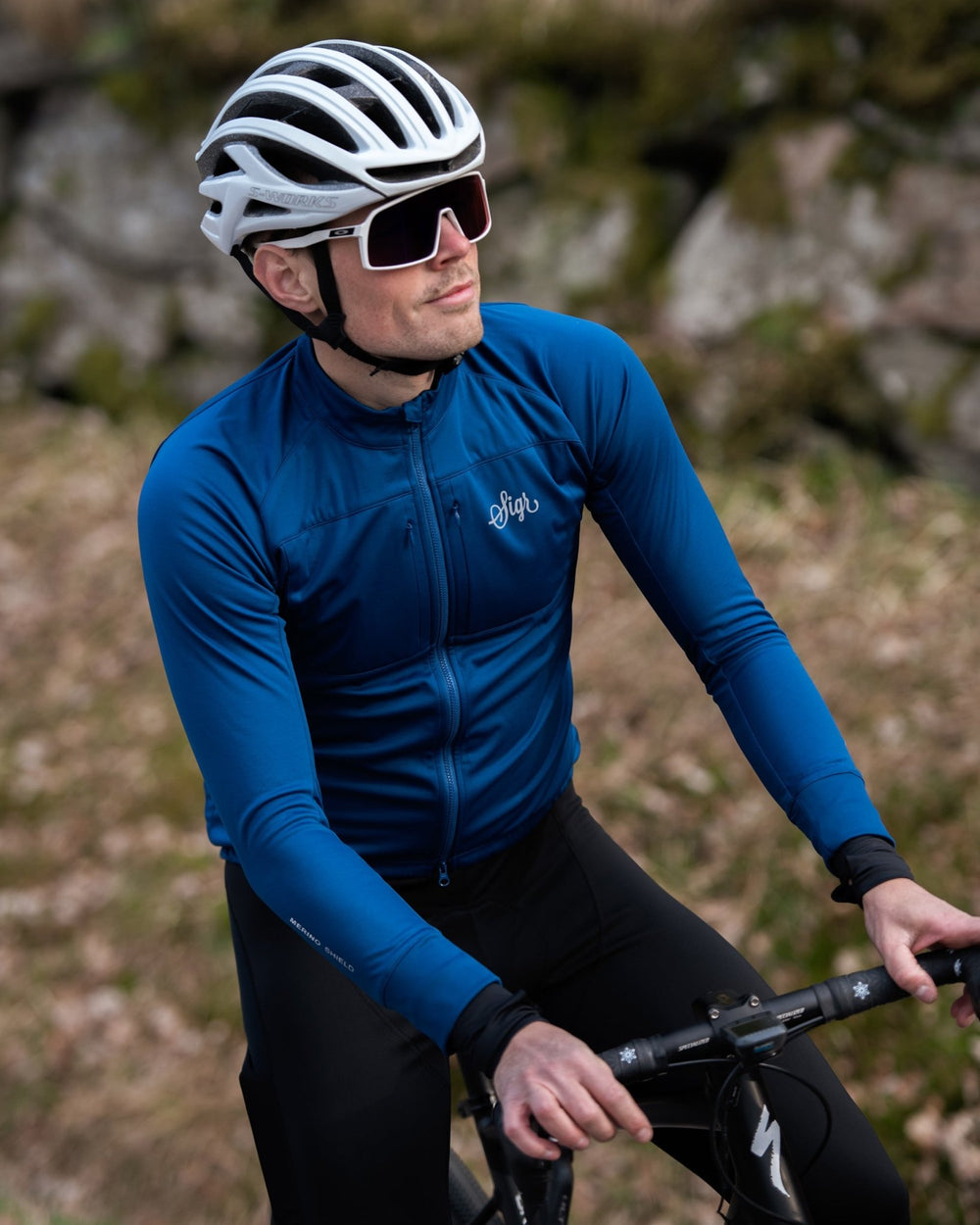
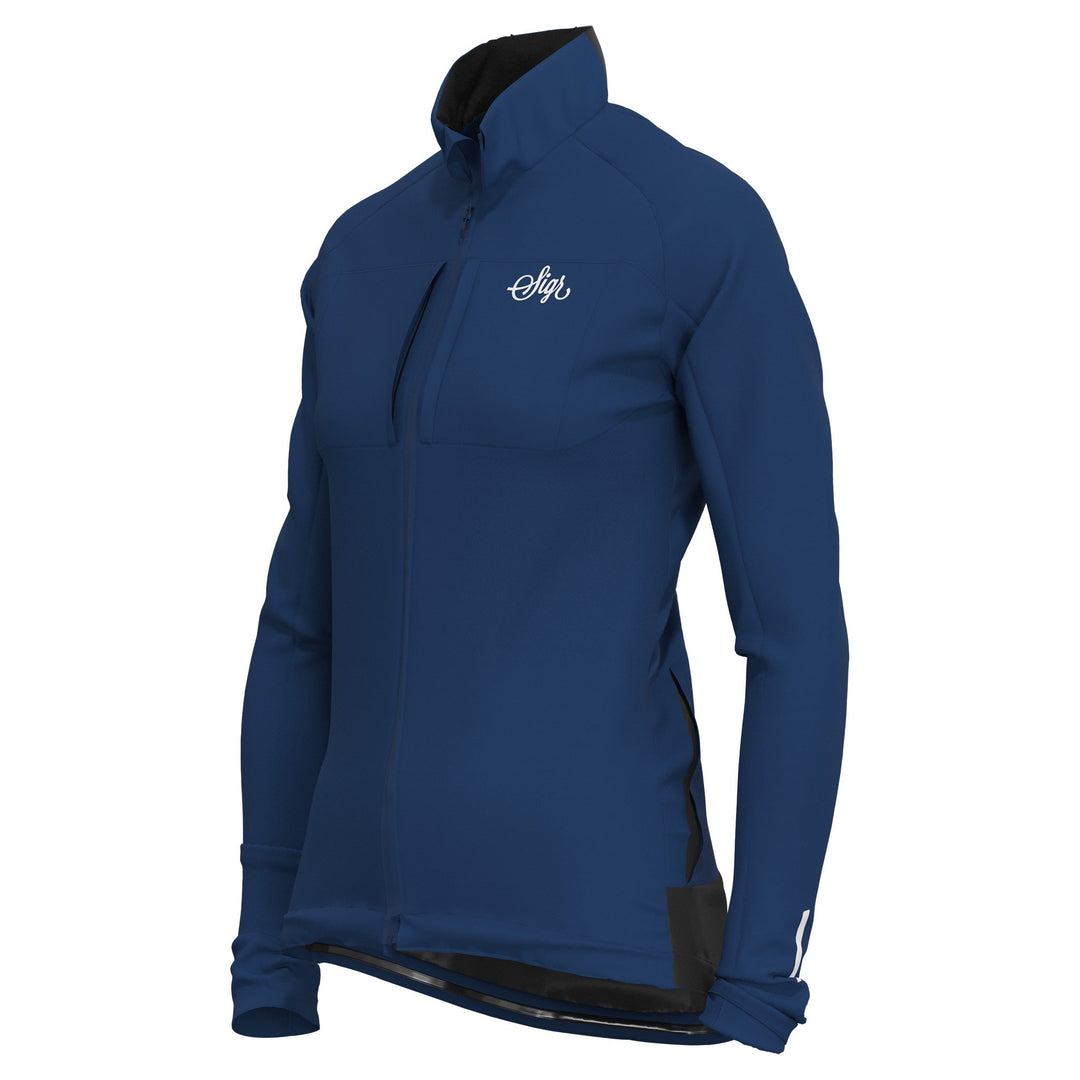
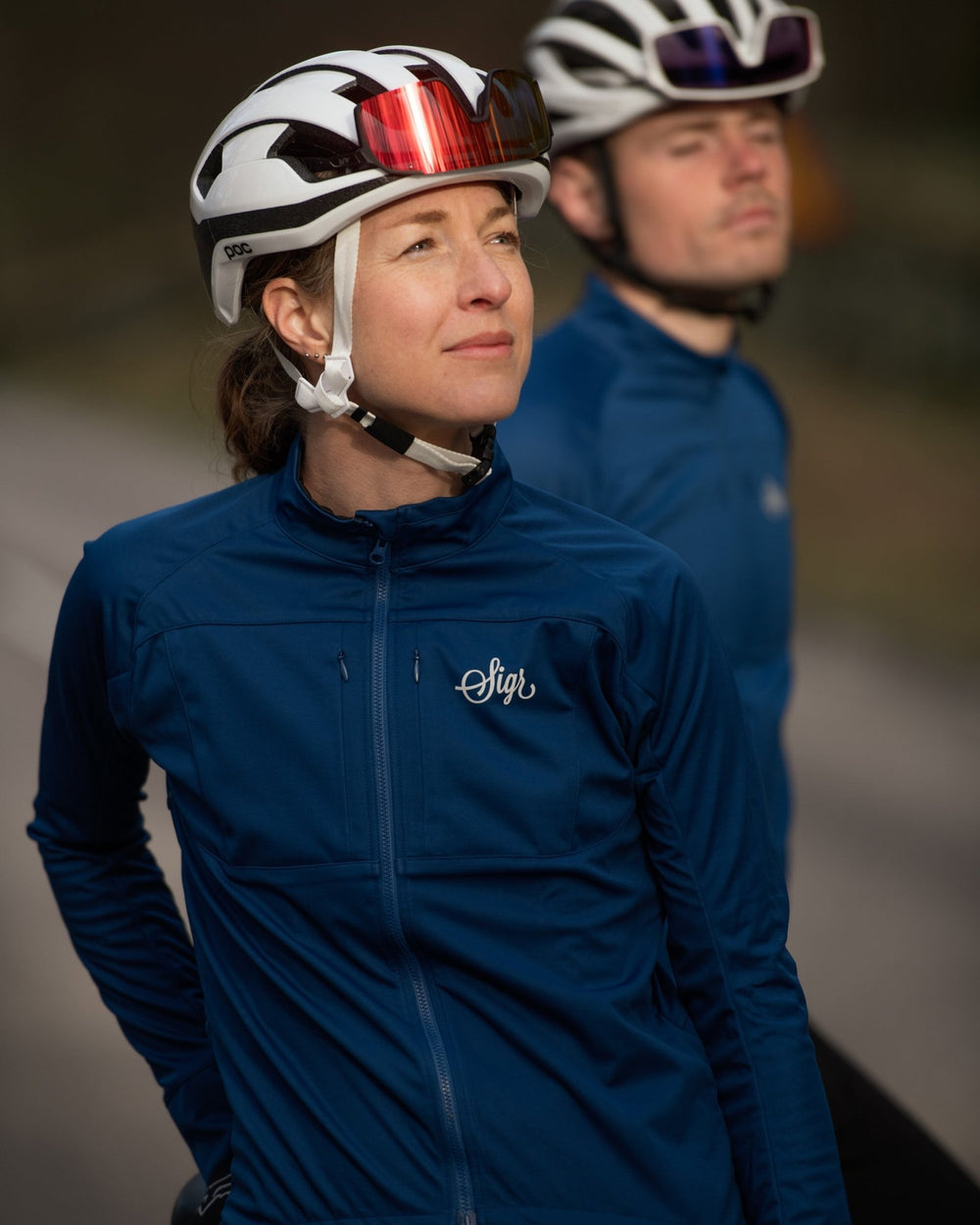
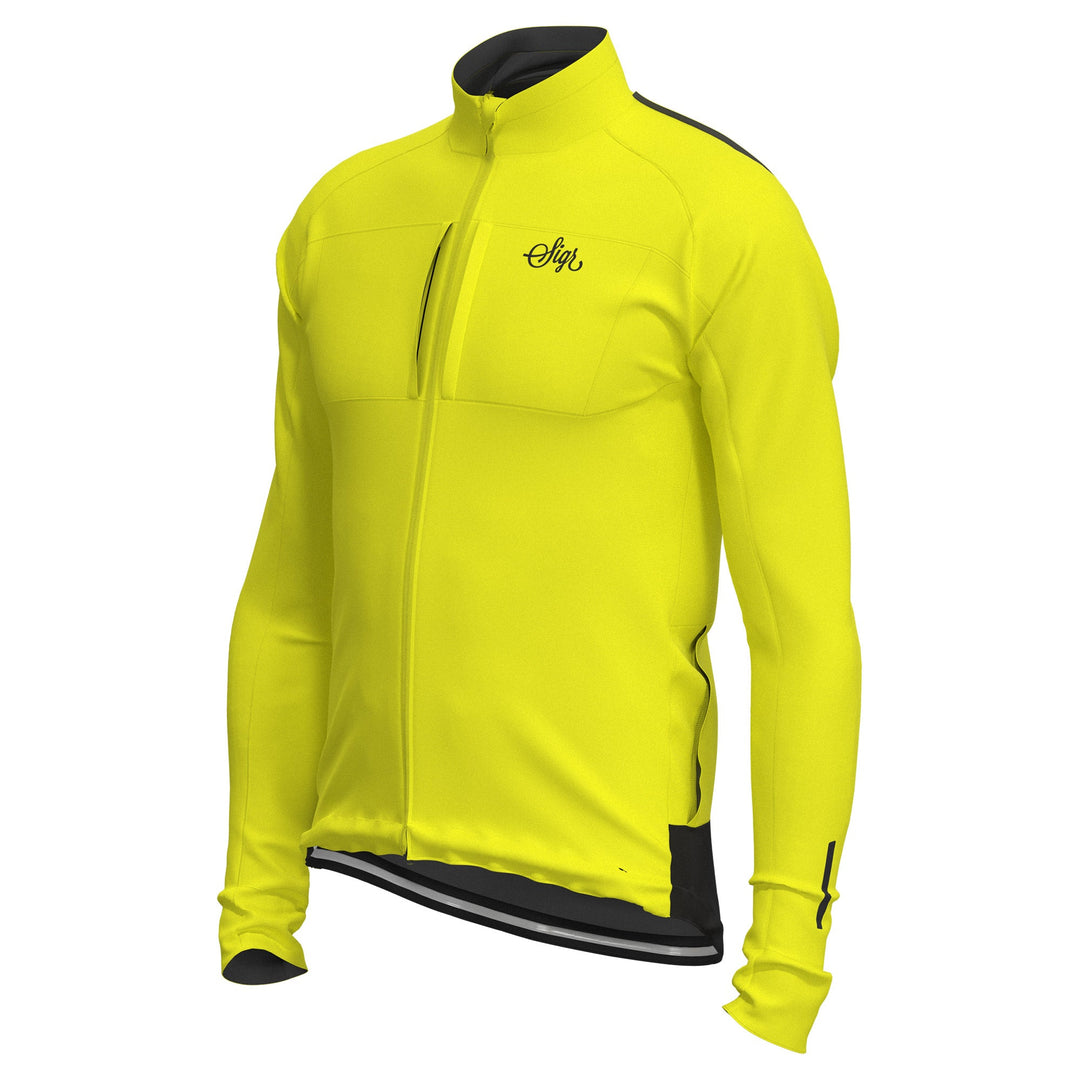
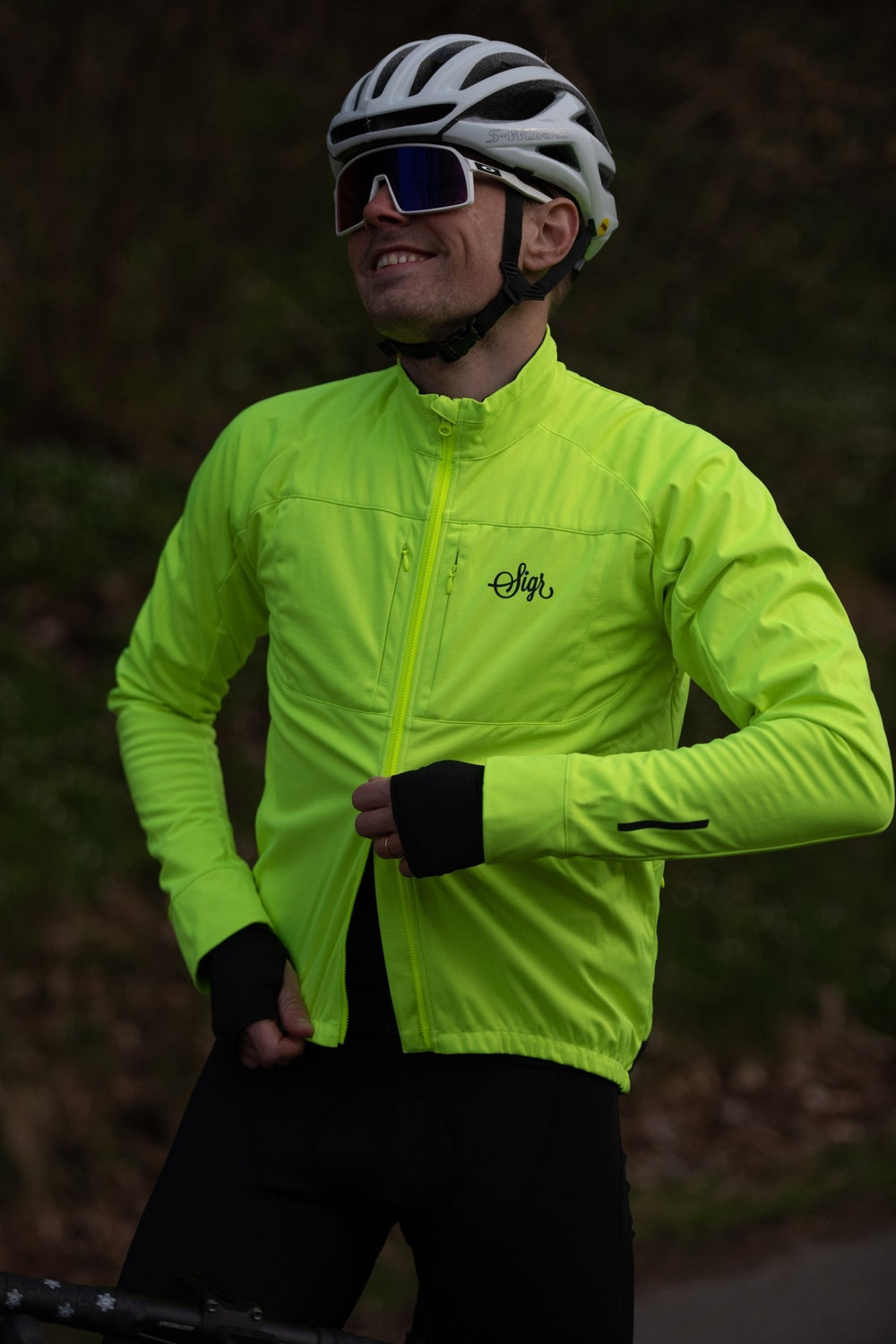
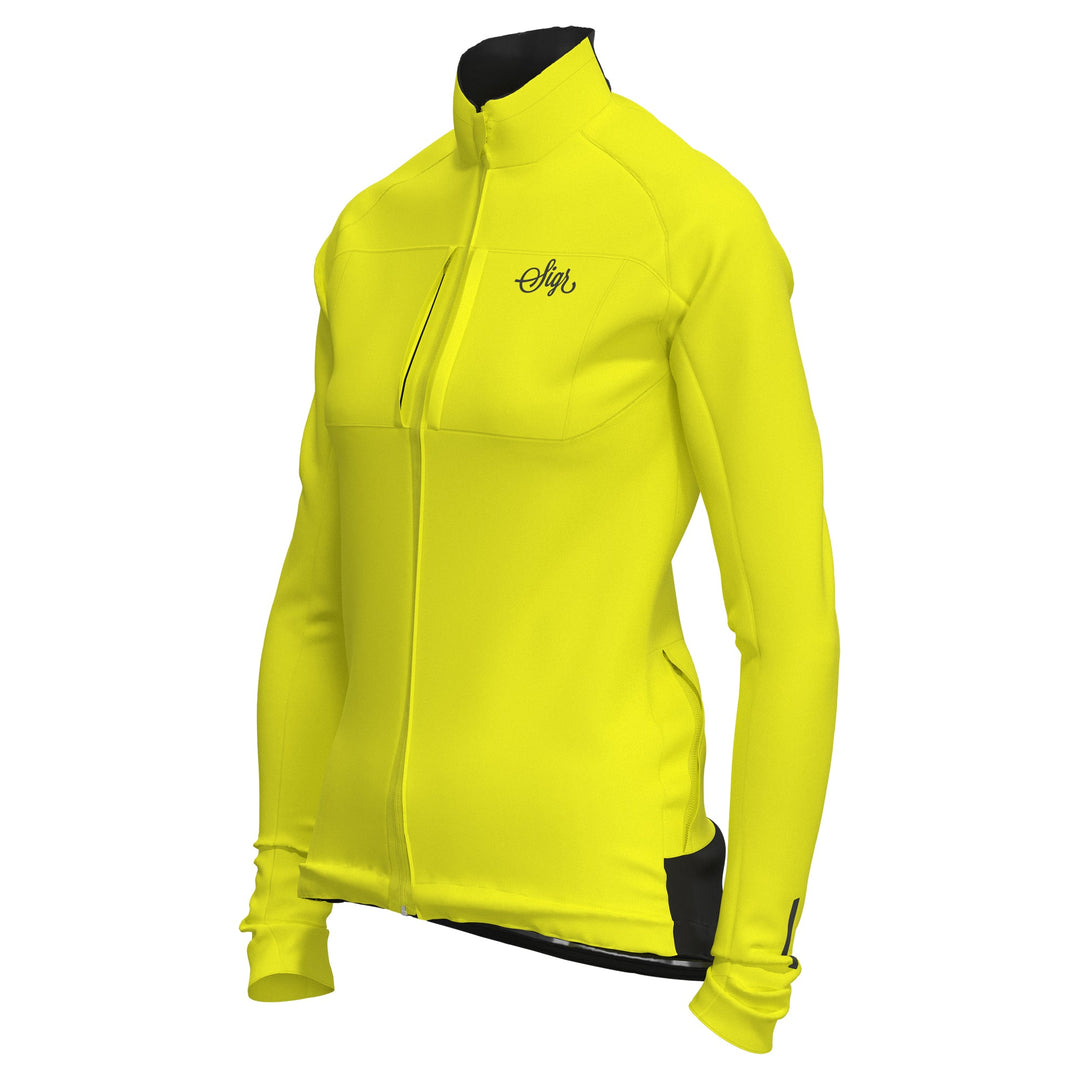
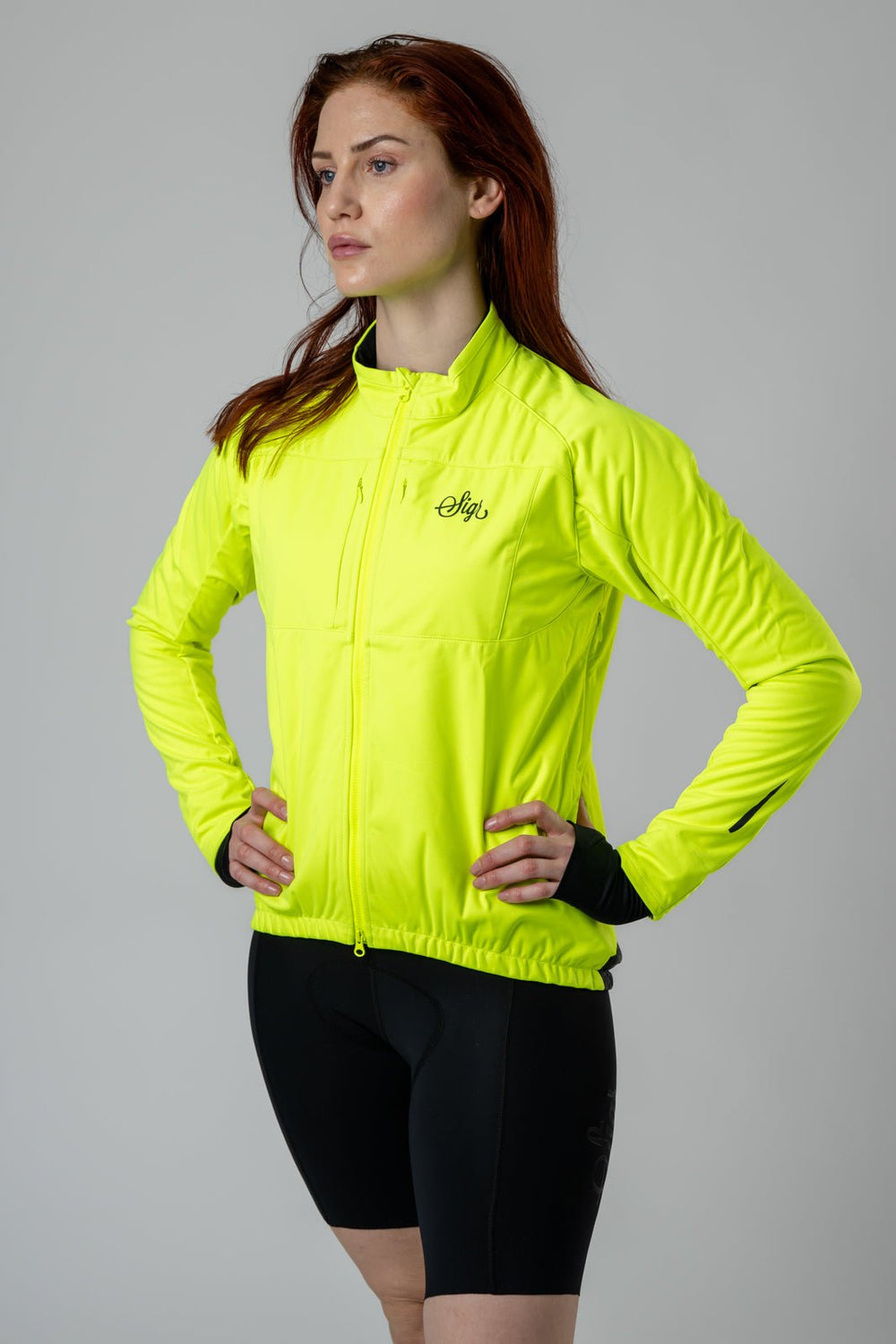
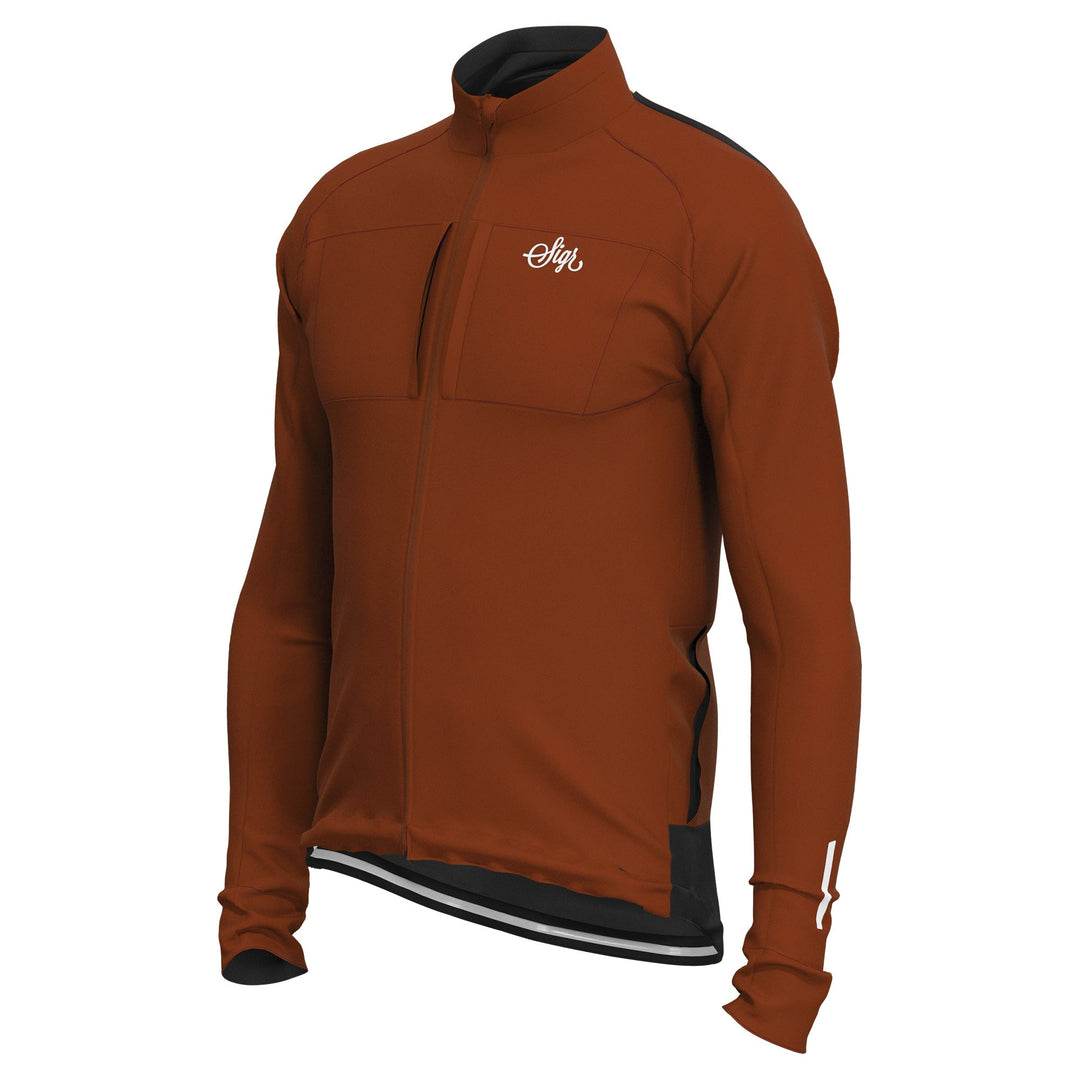
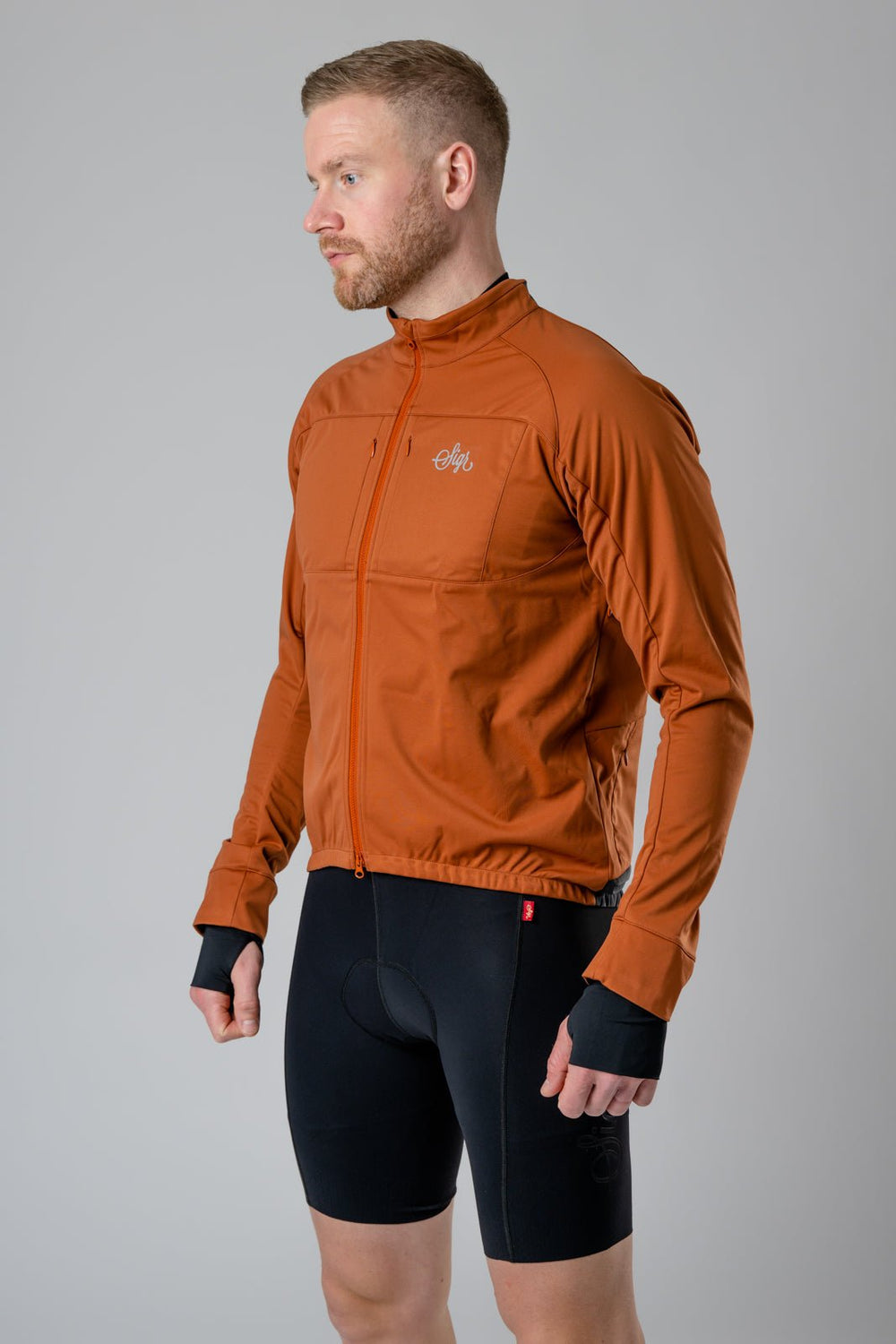
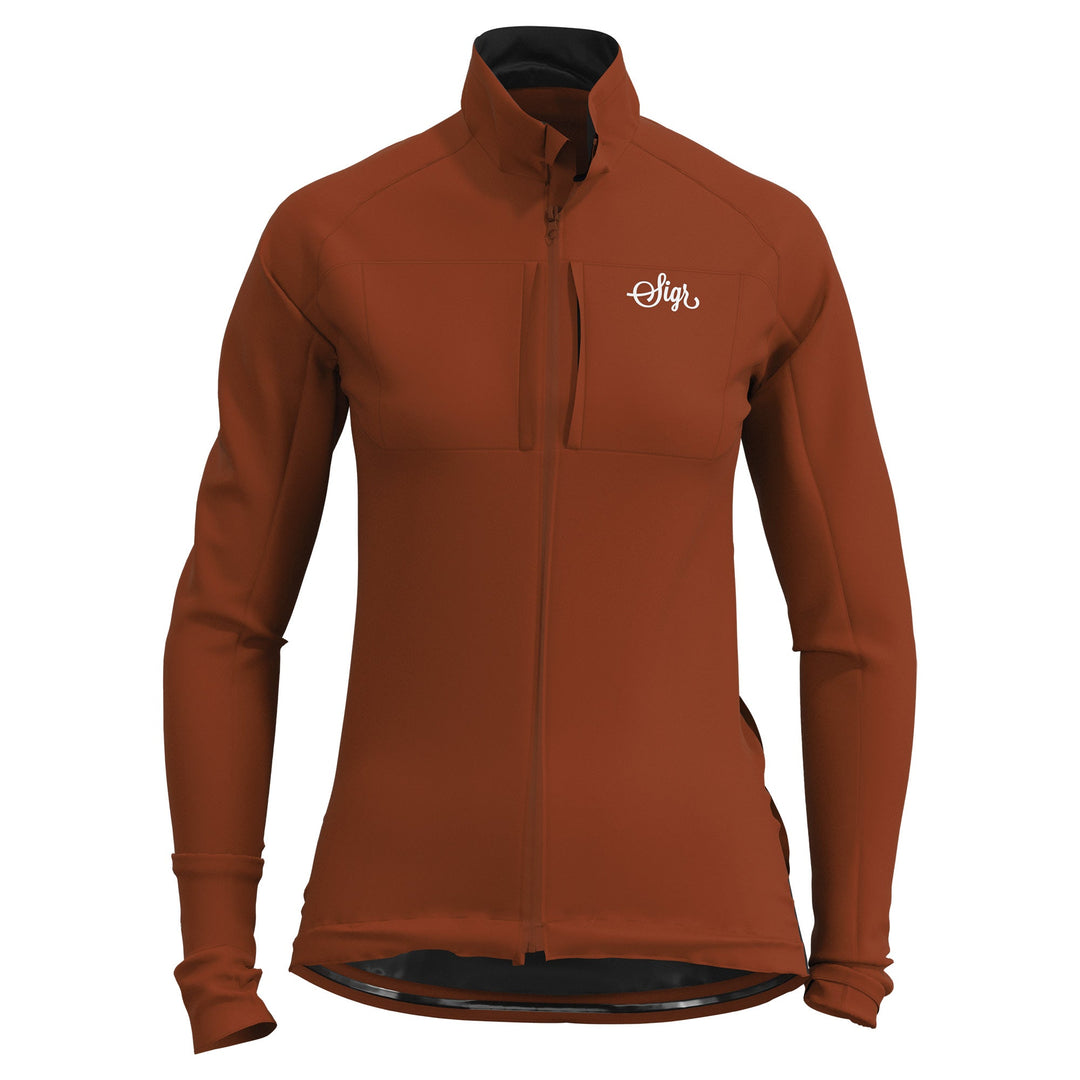

Leave a comment